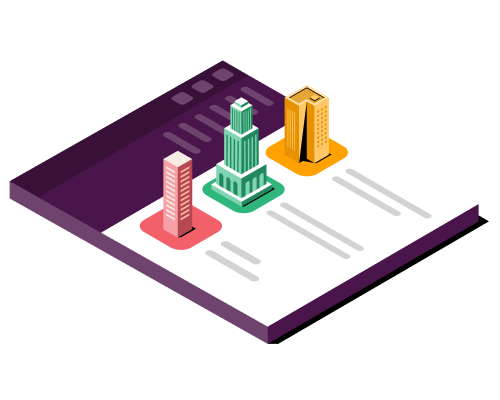What is a Slack Channel?
Slack channels keep team conversations organized by topic so everyone stays aligned, focused, and informed without the chaos of scattered messages.
July 7, 2025

A Slack channel is a shared space where your team can have focused conversations. Each channel is built around a topic, team, or goal. Instead of sorting through scattered messages or email threads, everything related to that topic stays in one place. This structure makes collaborating, tracking progress, and sharing updates easier.
Channels are where most of your work in Slack happens. They give you context, help you stay organized, and keep everyone aligned. Whether you're managing a project, handling support, or reviewing internal requests, a well-structured channel helps avoid confusion. Without channels, Slack becomes cluttered.
If you use Chronicle, you also gain deeper visibility into how channels function, which ones matter most, and where your team’s attention is going.
Types of Channels:
Every Slack channel is either public or private. The right choice depends on who needs access and the sensitivity of the discussion.
Public Channels
Public channels are open to everyone in your Slack workspace. Any member can find, join, and search their content. Use public channels when information needs to be accessible to multiple teams or departments. They're perfect for:
- Project updates
- Cross-functional collaboration
- General announcements
Public channels keep work transparent and reduce duplicated efforts across teams.
Private Channels
Private channels are restricted to invited members only. If you're not added, you can't see the channel or its messages. These are useful for sensitive topics, such as:
- Human resources conversations
- Legal reviews
- Leadership planning
- Client-specific work
Use private channels when conversations need to remain confidential or focus on a specific group.
The General Channel
Every Slack workspace includes a default channel called #general. All members are automatically added, and you can't delete, leave, or make this channel private.
Most teams use #general for company-wide announcements, scheduled updates, or policy reminders. Keep this space tidy and relevant. If it gets too noisy, people will start ignoring it, and important updates might be missed.
Naming Channels Clearly
A channel's name should clearly indicate its purpose. Avoid vague names or hard-to-understand abbreviations. Instead, use names like:
- #team-marketing
- #project-redesign
- #product-feedback
- #it-requests
Adding a topic and description also helps. When people search for a channel, a brief explanation gives them the context they need to decide if it's relevant.
Best Practices for Managing Channels
Slack works best when your channels are intentional and organized. Follow these habits to keep things clear and useful:
- Choose public channels unless there's a reason to restrict access.
- Use consistent naming to help others find channels easily.
- Add a topic and description to clarify each channel's purpose.
- Use threads to reply to specific messages and reduce clutter.
- Archive channels that are no longer active or relevant.
This approach keeps your workspace clean and helps your team move faster.
What Chronicle Adds to Slack Channels
Slack provides communication tools. Chronicle provides insight. As an admin or team lead, you can use Chronicle to:
- Track which channels are most active.
- Identify inactive or unused channels.
- See how private channels are growing.
- Monitor where conversations are spiking or slowing down.
This helps you spot gaps, prevent message overload, and decide where to focus your cleanup efforts. Chronicle helps you keep Slack productive without losing sight of the bigger picture.
With Slack, you control the conversation. With Chronicle, you also understand it.